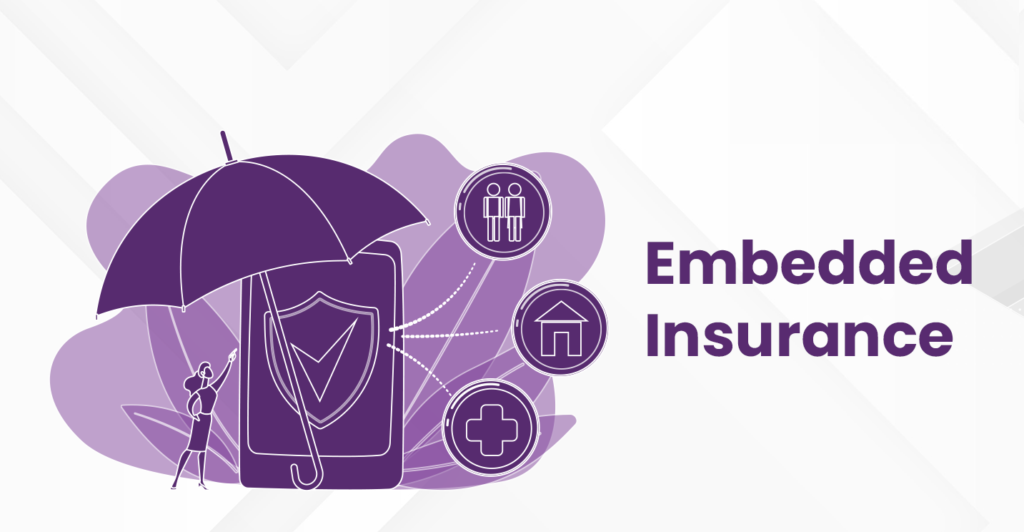Source: Vertical Insure
There’s always been demand from customers looking to protect their purchases, it’s just never been quite as convenient as it is today. This guide takes a closer look at how embedded insurance compares to traditional distribution channels and why it matters for your platform.
What is embedded insurance?
Embedded insurance is an emerging distribution model where insurance products are seamlessly integrated into the purchase process of non-insurance products or services. For example, when booking a hotel, travelers can opt for travel insurance at checkout, or when purchasing event tickets, buyers can add refund protection.
What are some of the other distribution models?
- Direct-to-Consumer (D2C): In this model, insurers sell products directly to customers via digital platforms, such as websites and mobile apps. Although this method gives consumers direct access to purchase products at their convenience, it also relies heavily on costly marketing strategies to drive traffic and typically requires lengthy applications before purchase.
- Brokerage and Agency: Brokers act as intermediaries between buyers and insurers, providing personalized advice to customers. Agents typically represent insurers – working exclusively for one insurer or for multiple insurers. Because both are paid commission, this model makes the most sense for more traditional policies with higher premiums.
- Affinity Marketing: Here, insurers partner with organizations or associations to offer insurance products to specific groups of individuals who share common characteristics. While this model allows businesses to offer more personalized insurance products, the purchase process can be disjointed, featuring pop-outs to external sites with a separate application and payment.
Read full article: https://verticalinsure.com/a-quick-overview-on-embedded-insurance-for-software-platforms/


